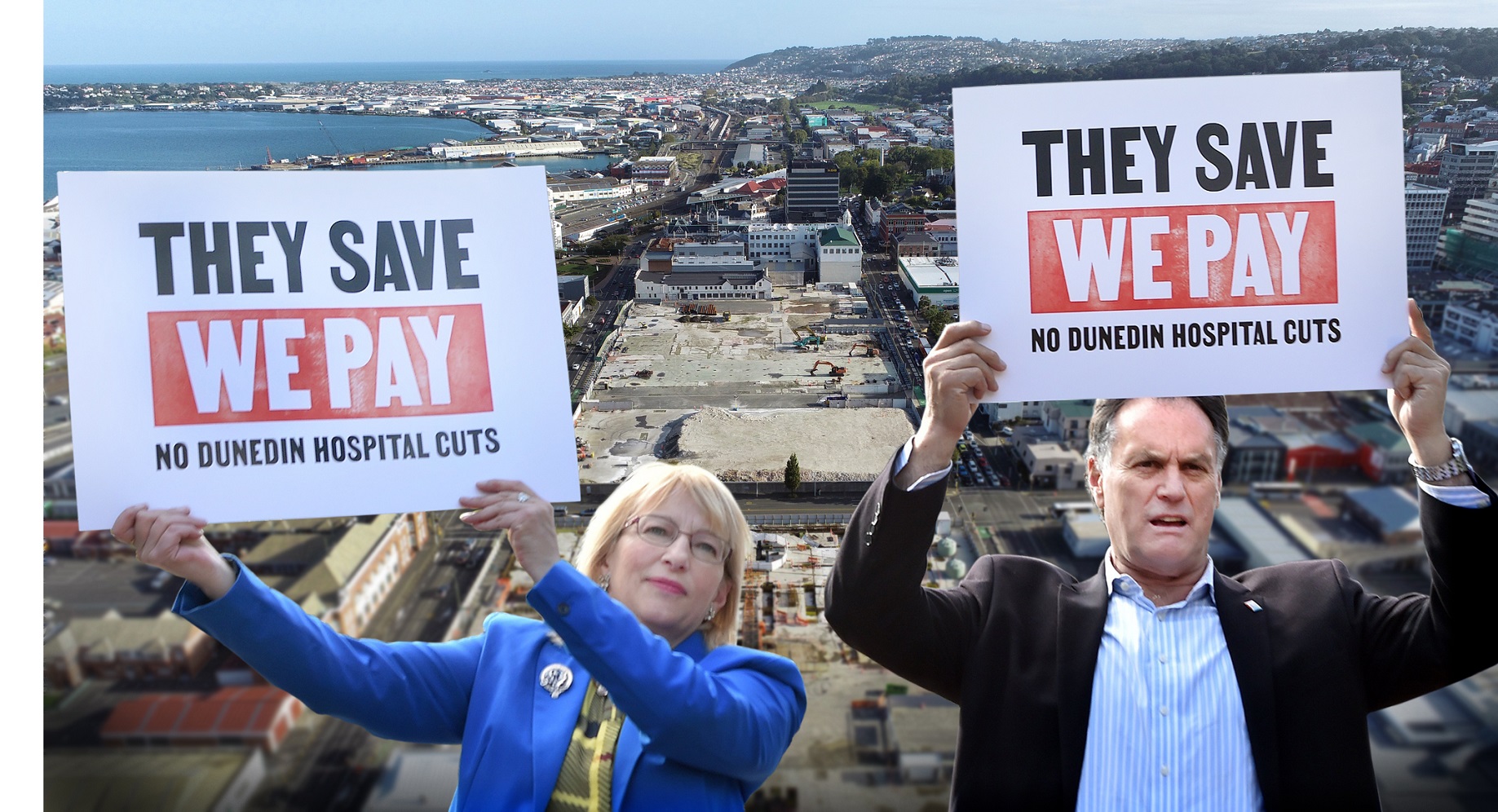

Mayor Jules Radich, who has called on politicians to reverse the $90 million design cutback, said decision-makers in Wellington should sit up and respect the communities they serve.
The Dunedin City Council’s biggest fear was a hospital that was neither future-proof nor fit for purpose, Mr Radich said.
This would cost the community in many ways, including real lives lost.
"The Government will save but the people of the South will pay for generations to come."
This follows the Government’s pre-Christmas announcement costs had escalated by $200 million, resulting in an increase in the project budget of $110 million, and $90 million worth of design cutbacks.
Te Whatu Ora Health New Zealand (HNZ) has consistently said the new hospital will be state of the art and fit for purpose.
However, the council has been unanimous in its condemnation of the cuts, and last month approved a campaign fund of up to $130,400.
Following a joint letter from Labour MPs Rachel Brooking, Ingrid Leary, Rino Tirikatene and David Clark expressing bemusement at the council’s objections, the campaign is now under way.
The letter states the savings will benefit the taxpayer money without any reduction in services.
The "condescending" response left a sour taste, Mr Radich said.
The Government had gone back on its word by altering plans signed off by Cabinet in 2020.
"It’s time to hold this Government to account, to ensure they build what was promised to the people of Dunedin and the South," Mr Radich said.
The changes mean the hospital will open with fewer beds, scanners and operating theatres, and other cuts include the loss of the staff pavilion building and a reduction in pathology space.
"Pathology space and staff amenities for our hard-working doctors and nurses is eroded and now tucked away in corners of reproposed space that was designated to be left empty to future-proof the hospital," Mr Radich said.
The overwhelming feedback he had received from clinicians was the new design would not meet the health needs of southern communities.
"I urge everyone, from our students, to our families, to our senior citizens, to get involved now and insist the agreed hospital capacity goes ahead."
Anything less was short-changing the South.
A range of resources had been produced for community use, such as objection letter templates and a petition link.
These could be be found at the newly established campaign website www.theysavewepay.nz.











